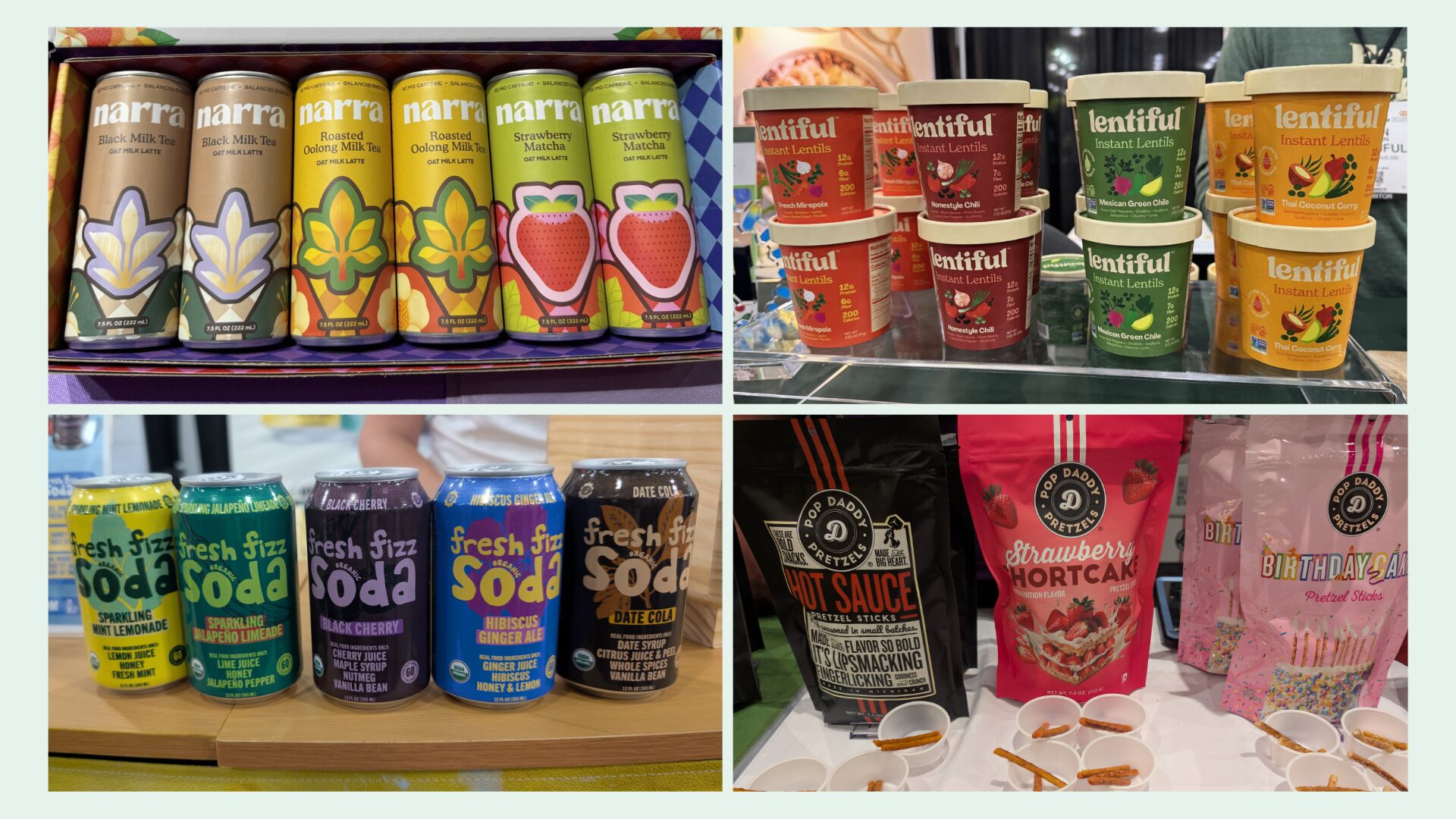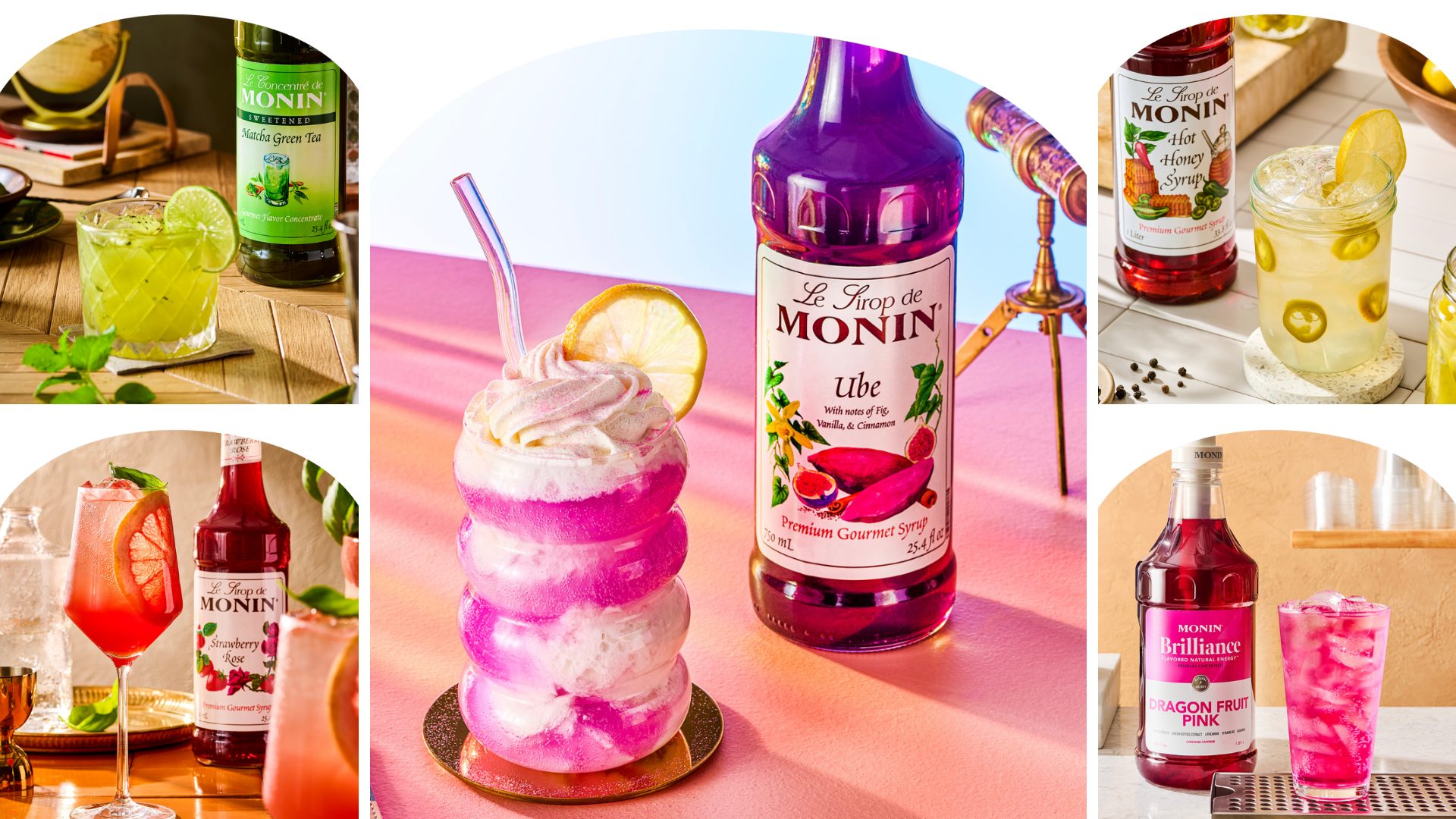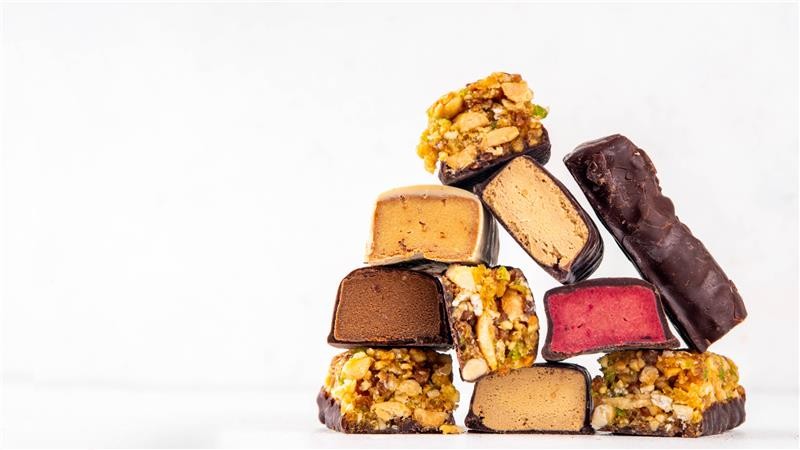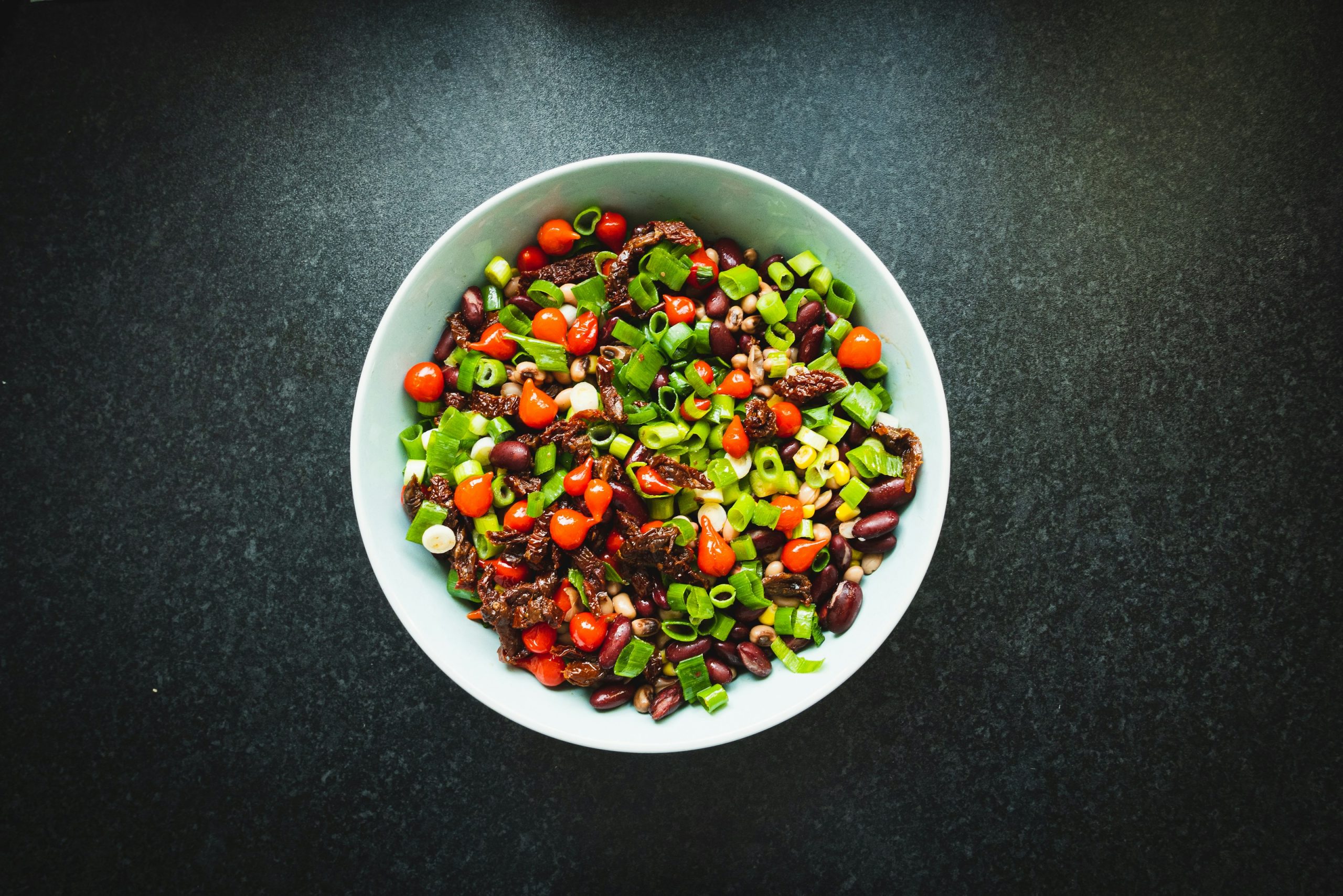NEW YORK CITY – Once again, the specialty food industry gathered in New York City for the 2025 Summer Fancy Food Show (SFFS). Celebrating the 69th iteration of the event, the Specialty Food Association hosted the industry at the Javits Center for three days of product showcases, information sessions, and networking opportunities.
FI’s Chris Campbell and George Hajjar walked the show floor across the duration of the event, finding the following trends on display:
SFFS Trend No. 1: Protein Confectionery
SprinkleBites, a high-protein sprinkle company, was working to introduce the Netherlands-based idea of hagelslag – sprinkles on toast – to American consumers. The products were sugar-free, naturally colored, and had 5 grams of protein per serving.
Tackling the traditional sour candy market with a better-for-you twist, Rotten Sour leaned in on its “extreme sour” marketing with iconography of hard-rock monsters and a tag line boasting the product is “sickeningly delicious.” A closer look, however, reveals the 3g of protein per serving, 6g of fiber to support prebiotic activity, and its commitment to avoiding artificial dyes.
CEO Michael Fischer told FI the brand that, rather than leading with the better-for-you components, the team wanted to highlight the fun aspects that consumers expect in a candy of this type.
Baked By Sticky president Doron Petersan commented on the rise of protein in new verticals. Her allergen- and vegan-friendly brand recently debuted protein-packed brownies and cookies that leverage Just Egg’s signature ingredient.
“Protein is not a trend. It’s a necessity,” she said.
“From a sustainability standpoint, it is going to be much more important for consumers to get the right protein in the future,” as the food system struggles to support population influxes.
SFFS Trend No. 2: International Convenience
Food consumers are highly interested in convenient options and are looking for international flavors, and a convergence of these trends was on display at the show.
Kalpana Kethineedi, founder and owner of Kay’s, shared some information about her Indian food products. Kethineedi argued one of the major barriers to Indian cuisine in the U.S. was the time it took to cook the food – a pain point she addressed by creating a convenient product that just required water.
Lentiful, a plant-based brand offering up lentil cups akin to Ramen instant noodles, was also displaying wares at the show. The items were positioned as a convenient and healthy lunch option.
The high-protein brand manufactures a variety of international flavors like Mexican green chile, Thai Coconut Curry, and French Mirepoix. The brand had a full range of low-sodium options, as well.
Long Weekend freeze-dried soups also showcased a Thai Coconut Curry offering that incorporated kale and chickpeas to increase the protein and fiber value proposition. The brand is targeting foodservice as a convenient add-on for foodservice operators, as well as convenience stores, to provide a healthy meal that can be made by adding hot water.
Maazah showcased vibrant lentil-based dips and globally inspired sauces that infuse everyday meals with Middle Eastern and South Asian flavor profiles. Some offerings include a Lentil Tahini lentil dip, and a Mangy Chutney “Magic Sauce” that the brand notes can go on everything from cake to pizza to salad.
SFFS Trend No. 3: Beverages, Beverages, Beverages
Those following the food industry in 2025 are likely not surprised that beverages remained hot at the show; this trend was evident at the National Restaurant Association show earlier this year.
International flavors were apparent in the beverage sector as well, with Bollygood offering a line of sparkling lemonades and limeades. The product range included four varieties: lemon ginger, mint, lemon mango turmeric, lemon pomegranate cardamom, and lime basil cumin.
Founder Maxine Henderson shared that the products were inspired by family recipes and were designed to blend flavors that would appeal to the traditional North American palette but also include flavors from India.
Rebecca Schwartz, co-founder of Fresh Fizz Sodas, was also showcasing her products at the show. Her company creates sodas made with only real food ingredients and no processed sugars, opting instead to sweeten the drinks with maple syrup, honey, and other natural ingredients.
Product variations included a date-flavored cola, a sparkling mint lemonade, and a surprisingly refreshing sparkling jalapeno lemonade.
SFFS Tend No. 4: TikTok Here, TikTok There, TikTok Everywhere
This year, floor show conversations effortlessly flowed to social media, with industry stakeholders asking: “How are you on TikTok shop?” More brands are supporting their go-to-market strategy with a plan that prioritizes distribution through the social media channel even above other, more traditional DTC avenues, such as Amazon.
Canned plant-based milk tea brand Narra, for example, told FI that its Strawberry Matcha oat milk latte has found its success on TikTok Shop, converting consumers to the beverage even if they’ve tried and failed to like matcha in the past. The brand prides itself on offering a “clean caffeine” derived from tea, rather than coffee, that energizes consumers without packing the jittery punch of a traditional coffee or energy drink. Other flavors in the lineup include Black Milk Tea and Roasted Oolong Milk Tea.
Beverage brand CheckCheck prioritized capturing Gen Z’s attention with bright pink branding. Also having enjoyed success from TikTok shop, the rice water brand contains prebiotics and ingredients that incorporate traditional Chinese medicine principles to support organ and skin health, according to their claims.
Savory snack brand Pop Daddy also told FI that their sweeter snacks are quick to sell through on the social media website’s e-commerce page. The brand specializes in flavored chips and pretzels with sweet and savory tie-ins. Resonating with the “swalty” trend among younger generations, the brand’s Strawberry Shortcake Pretzel is their top-selling product on the platform, said the company.
The Food Institute Podcast
Several economic headwinds indicate the consumer is being financially stretched, but we all need to eat – so what are consumers actually buying at the grocery store? Nik Modi of RBC returns to The Food Institute Podcast to discuss channel differentiation, consumer product selection, and other macro trends.












